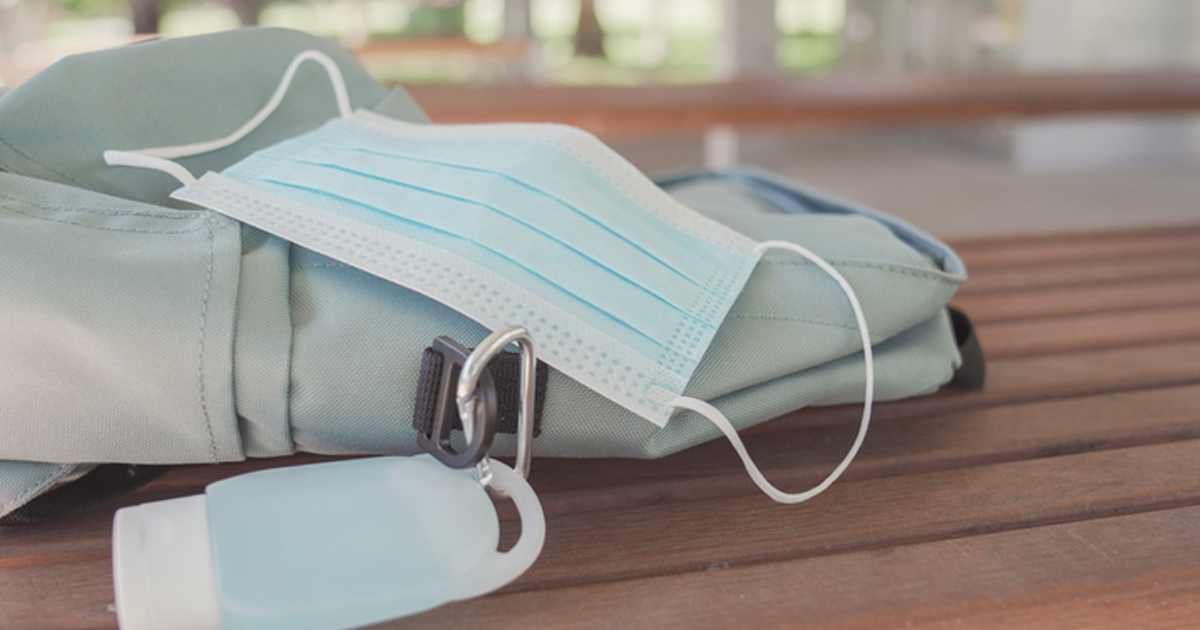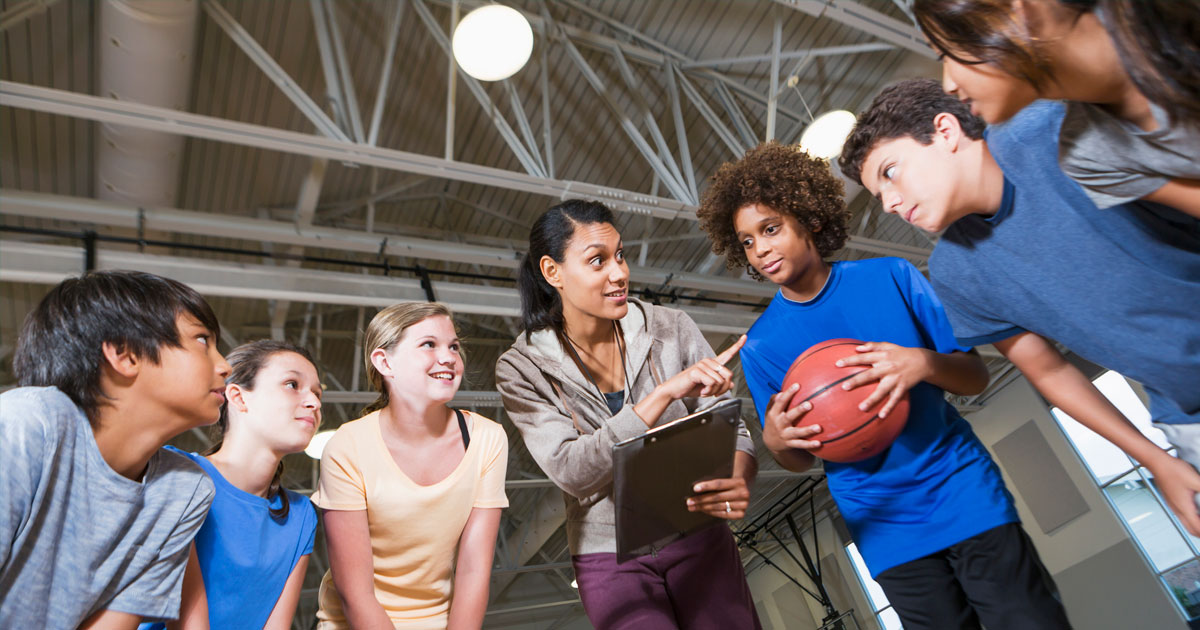
Schools across the country face wrenchingly difficult decisions about reopening buildings for the upcoming school year in the midst of a pandemic that has not been defeated. Even so, school buildings cannot remain closed indefinitely. The educational costs of the spring school closures have surely been large, and no one thinks that even the most successful remote-learning approaches can fully replace classroom instruction. It is in this context that the American Academy of Pediatrics recently issued guidance strongly encouraging the reopening of school buildings (without specifically addressing how many days students should be in school).
The question, then, is how to reopen school buildings without creating undue risk of a spike in COVID-19 infections. At the request of the Pennsylvania Department of Education, we spent the last month gathering information and analyzing data to inform the guidance that the department would provide to schools. We monitored emerging evidence on COVID-19 in children, examined research on remote-learning strategies, and spoke to stakeholders across the state about challenges and concerns related to reopening schools. In addition, we enlisted our colleagues in public health research to apply an agent-based computational model to predict the spread of COVID-19 in schools under various scenarios using different disease mitigation strategies. We reported our findings in a lengthy memo for the Pennsylvania Department of Education; we also discuss them in this webinar recording.
As our findings make clear, there is enormous uncertainty associated with reopening schools. Children are less susceptible than adults to the more serious consequences of COVID-191, but that doesn’t mean they can’t infect others. Children might be less infectious than adults, but how much less infectious is unclear.2 Although masks, physical distance, and careful hygiene can reduce the rate of disease transmission, encouraging findings about those practices come largely from studies of adults3, 4, 5, who are likely to be better than children at following rules. The pandemic has a large element of randomness, which means that no school can count on avoiding an outbreak, no matter how careful its practices. And finally, research doesn’t yet have much to say about the educational effectiveness of hybrid approaches that mix classroom and remote instruction.
Despite these uncertainties, we reached some conclusions in the memo that should be useful to policymakers and educators:
- All schools must develop plans to effectively deliver instruction remotely.
Some schools will choose hybrid approaches that require students to learn at home some days and come to school other days. But even schools that bring students back five days a week will have to offer remote instruction to the subset of students who remain at home because they or their family members are at high risk from COVID-19. And all schools will have to prepare for the possibility of temporary shutdowns in response to local outbreaks. In March, schools were surprised by the pandemic, but in the fall, every school should anticipate the need for remote instruction.
- The safest approach to reopening is a hybrid model that organizes students into smaller groups attending school at different times.
Our model simulations suggest that precautions such as making students eat lunch in their classrooms, avoiding mixing of classes during recess, and having students wear masks during bus rides can somewhat slow the spread of infection. If students can reliably wear masks and maintain physical distance all day, these precautions might be adequate. But the surest way to slow down the disease is to reduce the number of contacts each child has in a day by organizing schools and classrooms so that not all students are together at the same time. This would involve having some students in the school building in small classes while others learn at home. A school that brings all students in every day might experience five infections within a few weeks of opening, but a school that splits its population into two groups and brings students in two days a week might keep running for an entire semester without experiencing five infections.
- Opening school buildings for part-time attendance with smaller student groups is nearly as safe as keeping them closed entirely.
The results of our agent-based model simulations demonstrate that hybrid approaches that reduce the number of students in schools and classrooms can dramatically reduce how many infections occur in the school. It is impossible to eliminate infections in the school entirely if the virus exists in the outside community; some students and staff will become infected outside school. But when the school population is split in half, with each of the two groups attending two days per week, more than 80 percent of all of the infections experienced by the school population (students and staff combined) come from the outside community—and therefore would have occurred even if the school was closed entirely. In other words, as long as the local community is not experiencing substantially high rates of infection, schools can safely reopen for part-time attendance of smaller groupings of students without contributing to a large acceleration of community infection rates. Whether they can safely open for full-time attendance of all students is less clear.
There is much that remains unknown about transmissibility of COVID-19 among children, about children’s behavioral responses to mitigation strategies, and about the effectiveness of different approaches to hybrid and remote instruction. Yet the burdens of not having students in school every day are large for students and their families. These uncertainties and tradeoffs leave educators and administrators with many difficult choices for the coming school year. Fortunately, our work with Pennsylvania at least suggests some guidance for narrowing the range of options.
Notes
1 Centers for Disease Control and Prevention. (2020, May 29). Information for Pediatric Healthcare Providers. https://www.cdc.gov/coronavirus/2019-ncov/hcp/pediatric-hcp.html
2 Dattner, I., Goldberg, Y., Katriel, G., Yaari, R, Gal, N., Miron, Y., Ziv, A., Hamo, Y., & Huppert, A. (2020). The role of children in the spread of COVID-19: Using household data from Bnei Brak, Israel, to estimate the relative susceptibility and infectivity of children. MedRxiv. https://www.medrxiv.org/content/10.1101/2020.06.03.20121145v1
3 Chu, D. K., Akl, E. A., Duda, S., Solo, K., Yaacoub, S., & Schünemann, H. J., on behalf of the COVID-19 Systematic Urgent Review Group Effort (SURGE) study authors. (2020). Physical distancing, face masks, and eye protection to prevent person-to-person transmission of SARS-CoV-2 and COVID-19: A systematic review and meta-analysis. The Lancet, 395(10242), 1973–1987. https://www.thelancet.com/journals/lancet/article/PIIS0140-6736(20)31142-9/fulltext
4 Ratnesar-Shumate, S., Williams, G., Green, B., Krause, M., Holland, B., Wood, S., Bohannon, J., Boydston, J., Freeburger, D., Hooper, I., Beck, K., Yeager, J., Altamura, L. A., Biryukov, J., Yolitz, J., Schuit, M., Wahl, V., Hevey, M., & Dabisch, P. (2020). Simulated sunlight rapidly inactivates SARS-CoV-2 on surfaces. The Journal of Infectious Diseases, 222(2), 214–222. https://doi.org/10.1093/infdis/jiaa274
5 Somsen, G.A., van Rijn, C., Kooij, S., Bem, R., & Bonn, D. Small droplet aerosols in poorly ventilated spaces and SARSCoV-2 transmission. The Lancet. Advance online publication. https://doi.org/10.1016/S2213-2600(20)30245-9
Cross-posted from the REL Mid-Atlantic website.



